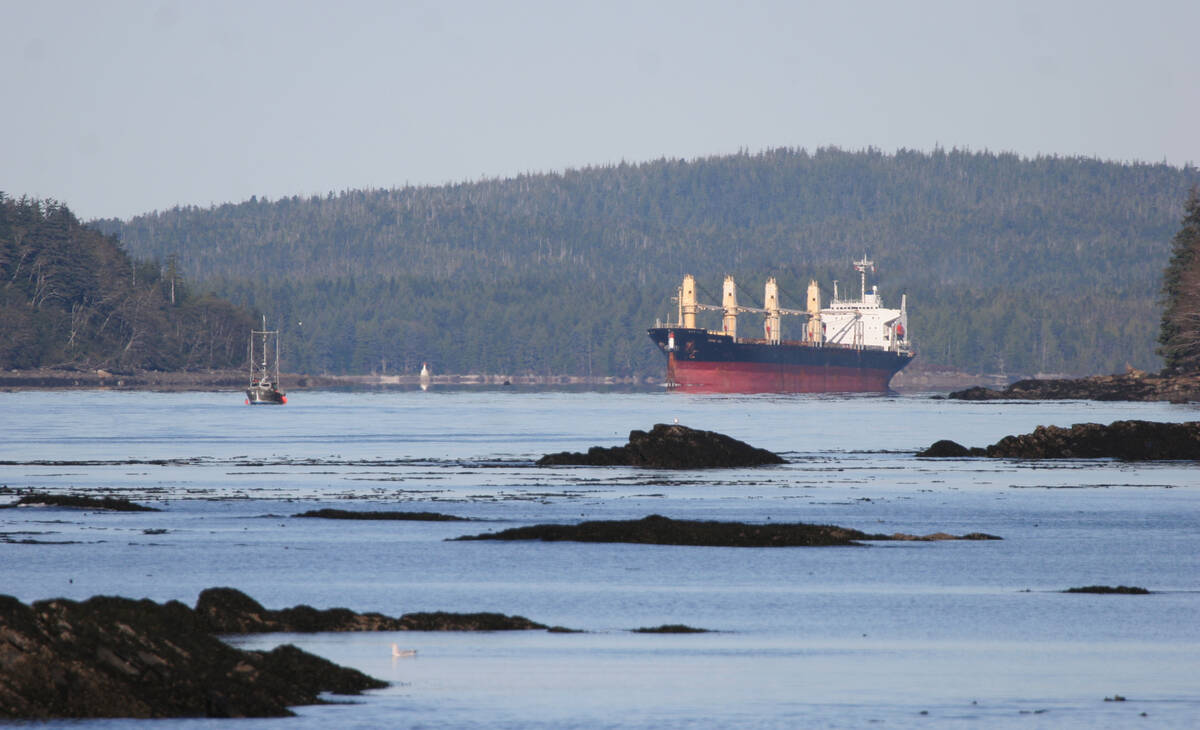Fababeans aren’t a flash-in-the-pan crop, says a senior marketer with a global firm.
They don’t just grow well on the Prairies but also have real broad-based demand, said Heidi Dutton, manager of commodity operations for Toepfer International’s western grain and processing division. Toeper is owned by Archer Daniels Midland.
“They definitely have a future,” she said in an interview during Grain World. “They’re a crop to watch.”
Fababeans have become popular with farmers on the western Prairies because of problems with root rot in peas. Fababeans have good resistance to root rot, so farmers can switch from one to the other and lessen the problem.
Read Also

Farm groups ask feds for export sales reporting
The Agricultural Producers Association of Saskatchewan and SaskCrops asks the federal government to create an Export Sales Reporting program.
“They’re a great replacement for peas in a situation where we’ve got root rot,” said Dutton.
Some special crops grow well but have weak or limited demand. That has occurred with maple peas, which have fewer uses, Dutton said.
“There’s only a few uses for them, and once those pipelines are full, there’s not a lot of other places to go with,” Dutton said in her Feb. 25 presentation. “We need to see the acres come down a bit.”
Farmers probably grew 80,000 acres of maple peas last year, but 50,000 is probably a better acreage for Western Canada to produce, she said.
It’s why her company isn’t publishing a price for maple peas yet, she said. Prices aren’t likely to be attractive while supplies are more than ample, she added.
However, fababeans have a better demand base, and boosting production to 100,000 acres this year won’t challenge demand.
“Both on the feed and food side, there’s tons of opportunities.”
The crop has 33 percent protein, which means the seed does well as a standalone product and can be broken out into its component parts with fractionation.















